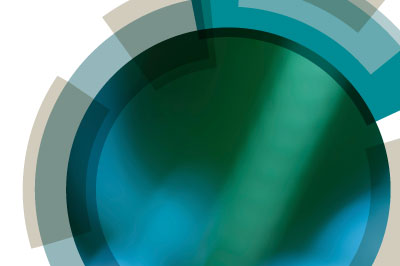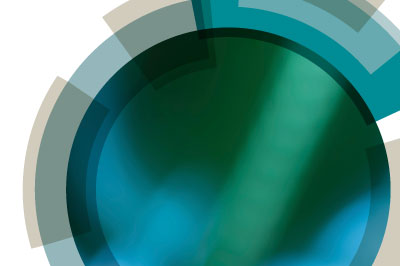Pairing Wine & Food: The Standard “Static” Model vs. Craig Shelton’s “Dynamic” Model
The sense organs of the “palate” (and all of our other sense organs) measure nothing on an absolute scale. All perception is “relativistic”. Unfortunately, the conventional thinking on food & wine pairing uses a static model that does not acknowledge the “dynamic” behavior of our sense organs. Recognizing the foundational errors of the standard model, Chef Shelton created an alternative model forty years ago that is science-based.
Chef Shelton's approach is based upon the scientific understanding of the physiology of the sense organs responsible for taste and all of the chemical and physical interactions. It is based upon the seminal work of Yale Professor Dr. Gordon Shepard. Craig took Dr. Shepherd’s course on ‘The Neurophysiology of the Senses’ while an undergraduate at Yale University as part of his degree in Molecular Biophysics and Biochemistry. Craig’s System applies the “first principles” of neurophysiology to a lifetime of organoleptic experience and elucidates how the various properties in the wine and in the foods interact dynamically. The neuroscience behind it can include biomechanics, physiology and neuroscience, and even fluid dynamics. These neurological insights are coupled with basics of other traditional sciences such as biology, chemistry, and physics. Some Taste characteristics are "subtractive": acidity, sweetness. Some Taste characteristics are "additive": astringency (tannin) Some Taste characteristics are interactive: astringency and spice heat (amplify each other); or, fat and astringency (modulate each other). According to Yale neuroscientist Gordon Shepherd, the flavor of wine "engages more of our brain than any other human behavior."
The sense organs of the “palate” (and all of our other sense organs) measure nothing on an absolute scale. All perception is “relativistic”. Unfortunately, the conventional thinking on food & wine pairing uses a static model that does not acknowledge the “dynamic” behavior of our sense organs. Recognizing the foundational errors of the standard model, Chef Shelton created an alternative model forty years ago that is science-based.
Chef Shelton's approach is based upon the scientific understanding of the physiology of the sense organs responsible for taste and all of the chemical and physical interactions. It is based upon the seminal work of Yale Professor Dr. Gordon Shepard. Craig took Dr. Shepherd’s course on ‘The Neurophysiology of the Senses’ while an undergraduate at Yale University as part of his degree in Molecular Biophysics and Biochemistry. Craig’s System applies the “first principles” of neurophysiology to a lifetime of organoleptic experience and elucidates how the various properties in the wine and in the foods interact dynamically. The neuroscience behind it can include biomechanics, physiology and neuroscience, and even fluid dynamics. These neurological insights are coupled with basics of other traditional sciences such as biology, chemistry, and physics. Some Taste characteristics are "subtractive": acidity, sweetness. Some Taste characteristics are "additive": astringency (tannin) Some Taste characteristics are interactive: astringency and spice heat (amplify each other); or, fat and astringency (modulate each other). According to Yale neuroscientist Gordon Shepherd, the flavor of wine "engages more of our brain than any other human behavior."









